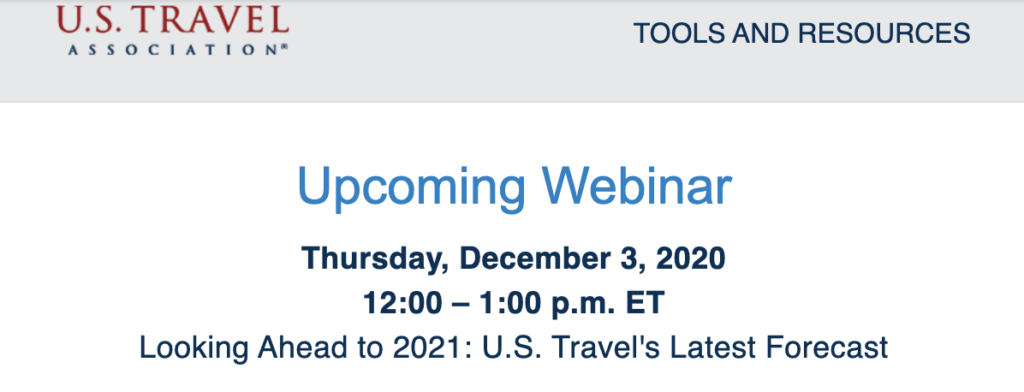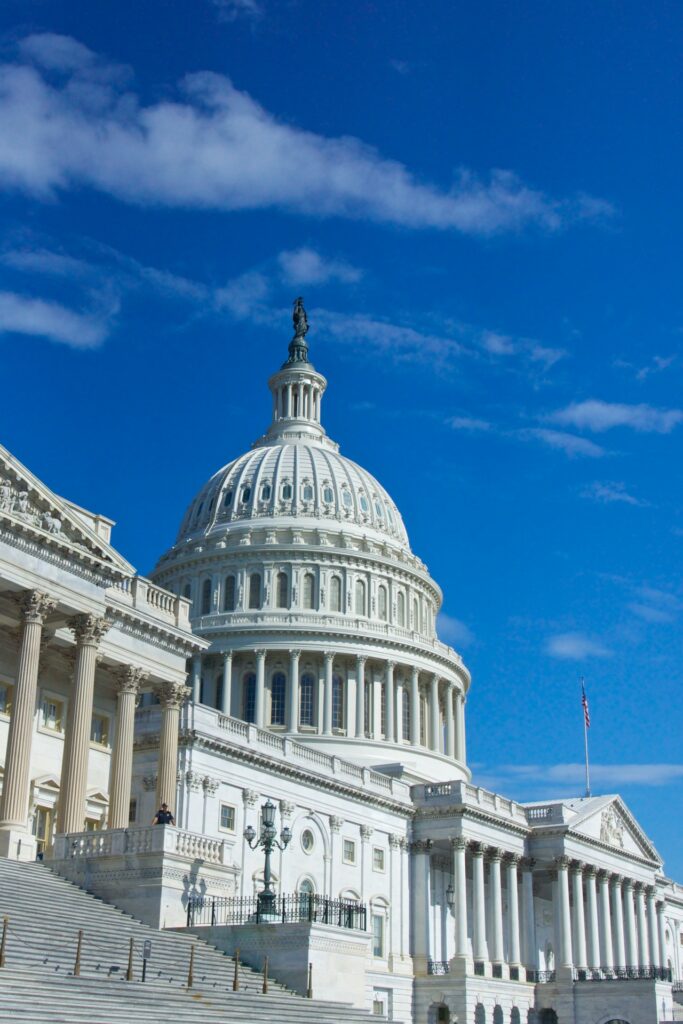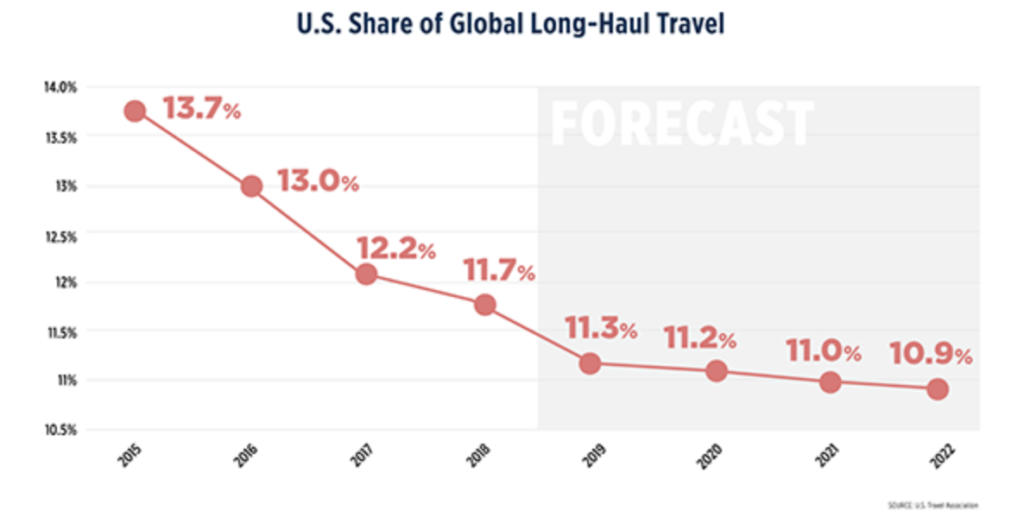Americans endure coronavirus fatigue on the eve of the fourth major holiday of the nightmare that is 2020. Meantime, despite CDC recommendation to avoid Thanksgiving travel, the TSA says more than 3 million people were on the move through busy airports this past weekend.
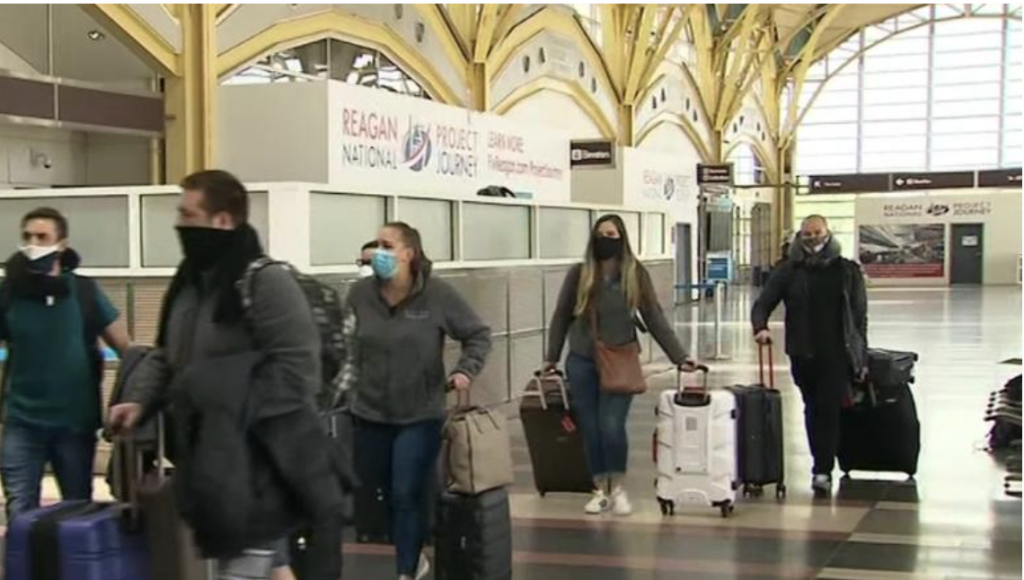
On Friday, Saturday, and Sunday last week, about one million people per day passed through TSA at domestic airports, among the highest daily totals since the coronavirus pandemic hit in March. Busier days are expected on Thanksgiving Eve and on the Sunday afterwards, even as officials warn against travel and slap on inter-state quarantines. AAA expects road trips to be only 10% lower than 2019 traffic.
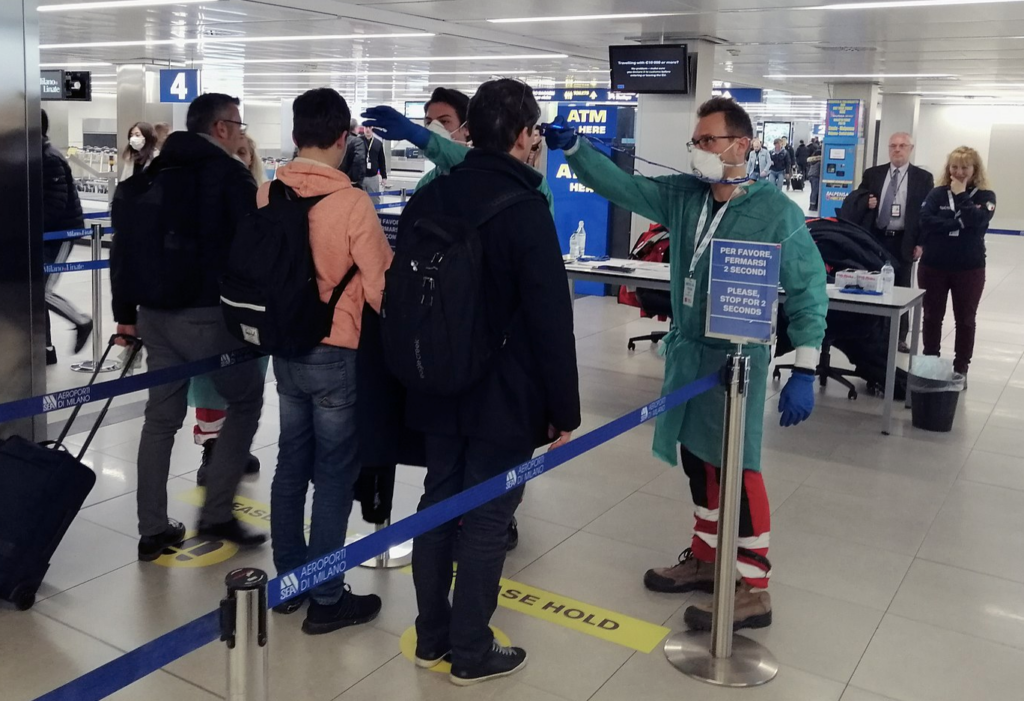
Destination Analysts has surveyed 1,200+ American travelers about their thoughts, feelings, perceptions and behaviors surrounding travel in the wake of the coronavirus pandemic each week since March 15.
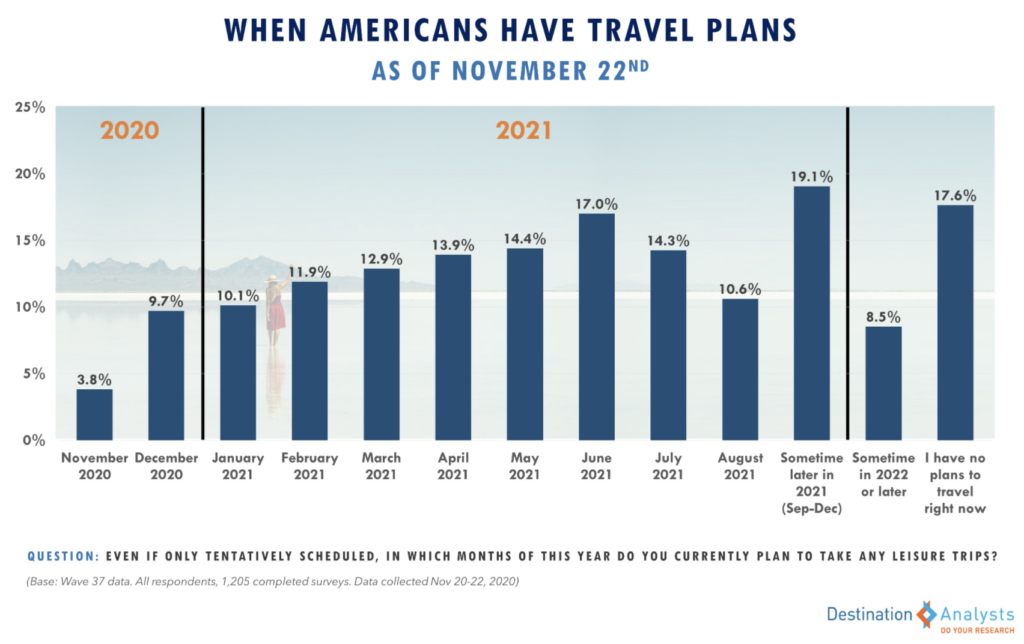
Key findings from data collected Nov. 20-22, 2020:
- Anxiety about contracting the virus continues to rise. 62.9% feel things are going to get worse in the next month.
- 61.9% of American travelers continue to agree that the current surge in cases has made them less likely to travel in the next three months.
- The percent of Americans who feel they have lost their interest in travel for the time being is now approaching half.
- The pandemic also appears to be affecting sentiment towards ski/snowboard travel this season. Fewer ski/snowboard travelers now feel that a trip is safe this coming season than did in October. However, over two-thirds say that pandemic protocols would make them more interested in taking a ski/snowboard trip.
- Over 40% of Americans feel comfortable going out for leisure activities in their own communities. Meantime, 56.1% do not want tourists coming to their community right now.
- 61.5% agree they support more restrictive COVID-19 rules being implemented in their home community.
- Americans continue to report having trips planned over the next year — 82% — reporting that relaxing, fun, memorable, affordable and comforting are important attributes for these upcoming trips.
- The latest vaccine news has made 58.1% of American travelers more optimistic about life returning to normal/near-normal) in the next six months.
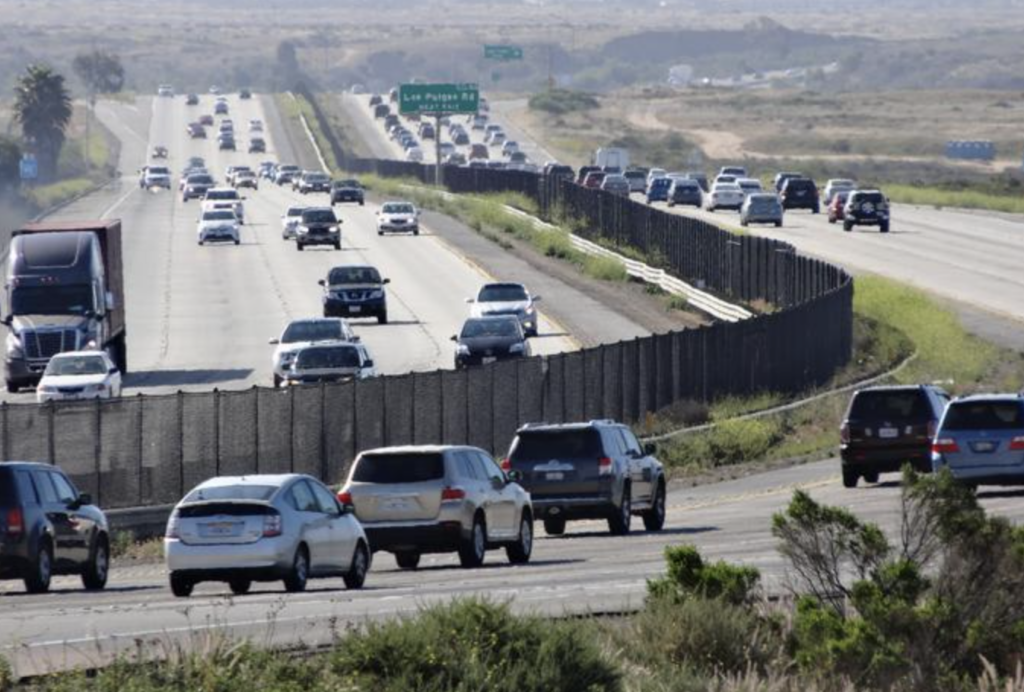
Longwoods International released findings from their latest bi-weekly National American Traveler Sentiment survey. Supported by Miles Partnership, the survey was fielded Nov. 18, 2020 using a national sample randomly drawn from a consumer panel of 1,000 adults, ages 18 and over. Quotas were used to match Census targets for age, gender, and region to make the survey representative of the U.S. population.
| “The dramatic surge in coronavirus cases, hospitalizations and deaths across the country is convincing more and more travelers now is the time to shelter at home. We don’t expect this trend to significantly reverse itself until vaccine/treatment distribution begins.” — Amir Eylon, president & CEO |
Key findings from data collected Nov. 18, 2020:
- The percentage of Americans planning to change their upcoming travel plans due to COVID-19 increased to 77% (highest since mid-July).
- The percentage of traveling Americans who indicated they do not plan to travel until a vaccine is available jumped a full ten points to 44% compared to two weeks ago.
- At 46%, Americans who feel safe traveling outside their community dropped seven points from its level two weeks ago.
- At 60%, concern about spreading/contracting COVID-19 continues to be the main issue for potential travelers.
- Silver lining: Despite all this, 62% of traveling Americans indicate that they still have travel plans within the next six months.
The Daily Travel Index from Arrivalist measures consumer road trips of 50 miles or more in all 50 U.S. states plus year-over-year comparisons.
- Road travel has remained roughly flat over most weeks since Labor Day
- While there have not been any significant weekly improvements since the end of the summer, road travel has generally maintained a relatively good performance over these last few weeks, with lower y/y declines on a consistent basis than any other time since the start of the pandemic.
